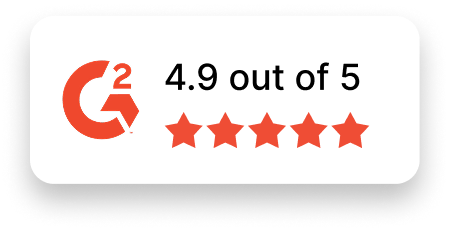Optical Network Engineer Job Description Template
Use this template to craft job descriptions for hiring Optical Network Engineers. Customize it to meet your organization’s unique requirements and objectives.
Job Title: Optical Network Engineer
Location: [Specify Location or Remote]
Job Type: [Full-time/Part-time/Contract]
About the Role
We are seeking a highly skilled Optical Network Engineer to design, deploy, and maintain the infrastructure supporting our high-speed optical communication networks. You will be responsible for ensuring the performance, reliability, and scalability of our optical systems to meet the growing demands of our business.
If you are passionate about cutting-edge optical technologies, solving complex challenges, and working in a dynamic team environment, this role is for you!
Responsibilities
- Design, implement, and manage optical networking solutions, including DWDM, OTN, and SONET/SDH systems.
- Evaluate and select optical equipment, components, and technologies to optimize network performance.
- Monitor and troubleshoot optical network performance, ensuring minimal downtime and high reliability.
- Conduct system testing and validation to meet performance targets for speed, capacity, and latency.
- Collaborate with cross-functional teams to integrate optical networks with broader IT and communication infrastructures.
- Develop and maintain documentation for network designs, configurations, and operational procedures.
- Analyze network traffic to predict demand and plan capacity expansions as required.
- Ensure compliance with industry standards, security protocols, and regulatory requirements.
- Mentor junior team members and share technical expertise to foster knowledge growth across the team.
- Stay informed on emerging optical networking trends, tools, and best practices.
Required Skills & Experience
- Bachelor’s degree in Electrical Engineering, Telecommunications, Computer Science, or a related field (or equivalent experience).
- Proven experience designing, deploying, and managing optical networks.
- Expertise in optical networking technologies and protocols, including DWDM, ROADM, and MPLS.
- Proficiency in using network management tools and software for monitoring and troubleshooting.
- Familiarity with optical fiber characteristics, network diagrams, and wavelength planning.
- Strong analytical and problem-solving skills.
- Knowledge of Layer 1-3 networking fundamentals.
- Understanding of network security best practices, encryption, and data protection in optical networks.
- Excellent communication and interpersonal skills to work effectively with technical and non-technical teams.
Nice-to-Have Skills
- Certifications in networking or optical technologies such as CCNP, JNCIP, or Certified Optical Network Engineer.
- Hands-on experience with SDN (Software-Defined Networking) or NFV (Network Function Virtualization) in optical networks.
- Familiarity with cloud-based networking and hybrid cloud integration.
- Knowledge of automation tools such as Ansible, Python, or other relevant programming languages.
- Background in RF (Radio Frequency) engineering and wireless optical communications.
- Experience with 5G or edge computing concepts related to optical networking.
- Proficiency in disaster recovery planning for optical and data communication networks.
Why Join Us?
- Innovative Projects: Work on state-of-the-art technologies and projects that shape the future of optical networking.
- Supportive Team Culture: Collaborate with talented professionals in an inclusive and dynamic work environment.
- Professional Growth: Access to extensive training programs, certifications, and career advancement opportunities.
- Work-Life Balance: Flexible work arrangements, including hybrid or remote options, to help you excel professionally and personally.
- Inclusive Workplace: Be a part of a company that celebrates diversity, equity, and inclusion, ensuring that all voices are valued and heard.
Apply Now
Are you excited to design and optimize cutting-edge optical networks? Join [Your Company Name] as an Optical Network Engineer and make a meaningful impact through innovation and expertise. Apply today!

